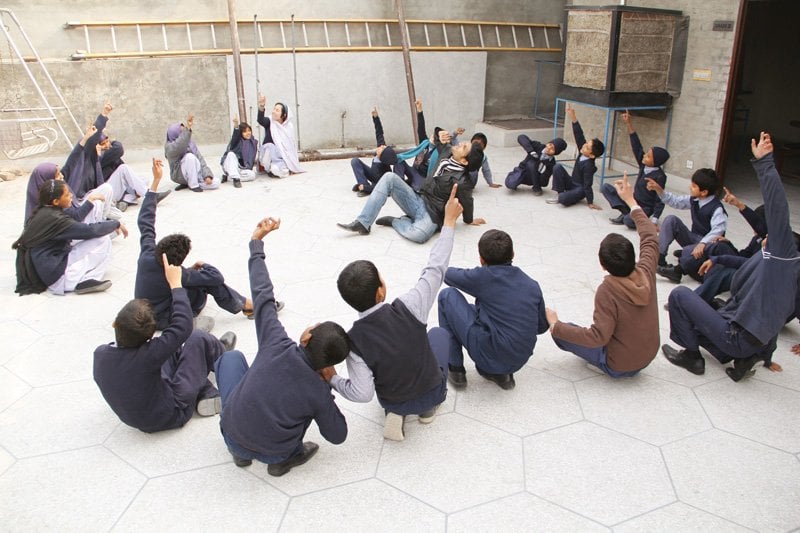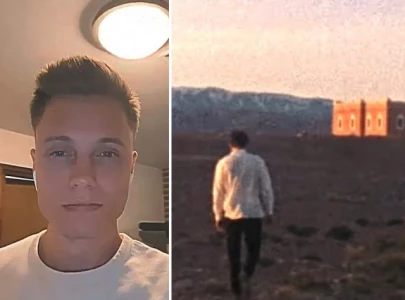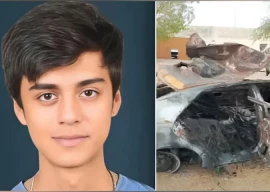
A child’s mind is like a blank canvas; cerebral developments in early childhood can shape the future of a child in ways that many are still ignorant about. Just like mothers start teaching their kids ABC and 123 from an early age, studies and newer schools of thought believe that exposing children to complex art opens their minds to complex ideas.
Through creativity they are able to view the world and their surroundings in a more mature manner. Some schools in the United States use music to teach children mathematics, while some schools expose children to the works of artists such as Van Gogh and Picasso to help them develop a better understanding of the world.
The Little Art (TLA), founded six years ago, is a non-profit organisation in Pakistan, trying to bridge the gap between formal education and creativity, through art. “We aim to empower children through art. We will provide every child and young person we are able to reach - irrespective of their social class, gender, family background, income status or education level - an equal right to opportunities of creative expression,” says Shoaib Iqbal, director of TLA.

The ideology behind the programme is to expose children to various cultures through different forms of art and invoke within them an interest in using mundane objects in a creative manner. “The more exposed they are, the better their cognitive functions will be,” adds Iqbal, “when I worked as a teacher trainer for public schools, I realised, firstly, that the teachers themselves were not well exposed and were rigid towards the idea of using art to aid formal education. Secondly, the ones that did get trained, about 80%, never joined the workforce; hence, there was a major gap that needed to be filled.”
In 2008, Iqbal also organised the Lahore International Children’s Film Festival that shows short films made for children, by children and about children. “All three categories are very different, films for children are made by professional filmmakers targeting the younger child audience, films by children are made by children from their cellphones or cameras and the ones about children are heavy on content so are aired for parents and educators,” says Iqbal.
Last year, the festival received 450 submissions from 32 countries and 83 were selected and aired through the course of six days, whereas this year, the festival is expecting about 1,000 submissions. “We want to ensure that children from all walks of life and social class benefit from the programme. Hence, we allot 40% of the seats to underprivileged schools for free so they can also be a part of the programme.”
Art can also be used as a medium of therapy for children. Programmes such as Youtheater and TADA! operate across America, work with children from underprivileged homes and battered families. Theatre is used as a tool to alleviate them of their stress and channel their emotions into theatrical performances. “We are working with different marginalised organisations and incorporating a programme Psycho Theatre in public schools to help children channel their creativity and redirect their emotions in a positive manner.”
Children these days have access to technology, but they don’t know how to effectively use these tools in a creative manner. TLA’s programme Camera Kahani allows children to tell their stories using the most basic of cameras. “This is a new concept even for privileged children since they are not used to using technology for creative purposes,” says Iqbal.
Published in The Express Tribune, June 13th, 2014.
Like Life & Style on Facebook, follow @ETLifeandStyle on Twitter for the latest in fashion, gossip and entertainment.



1719211536-0/BeFunky-collage-(81)1719211536-0-165x106.webp)



















COMMENTS
Comments are moderated and generally will be posted if they are on-topic and not abusive.
For more information, please see our Comments FAQ